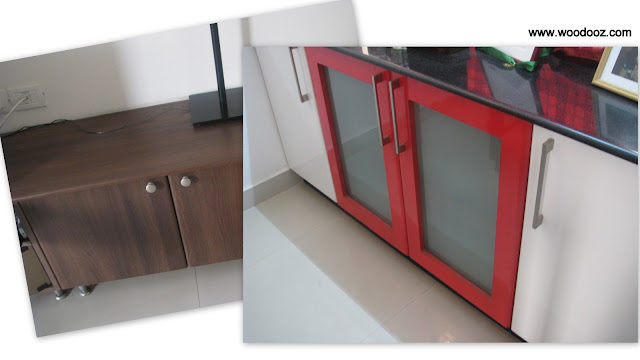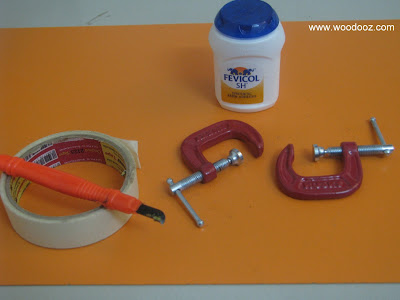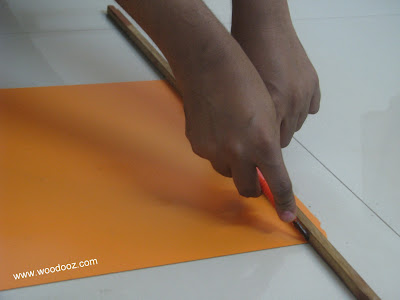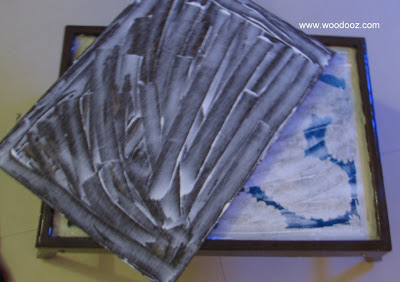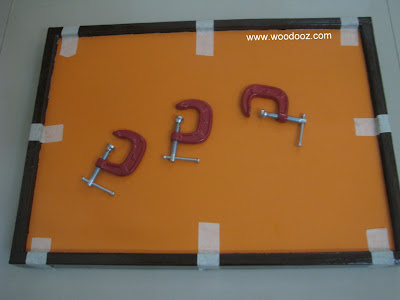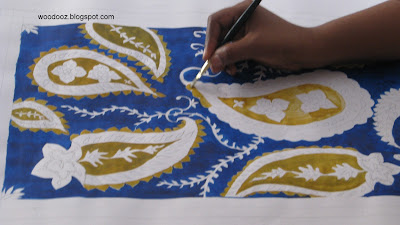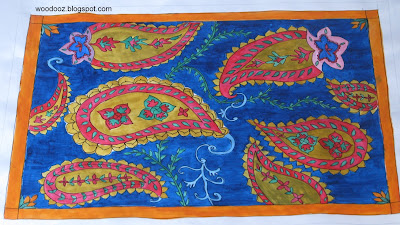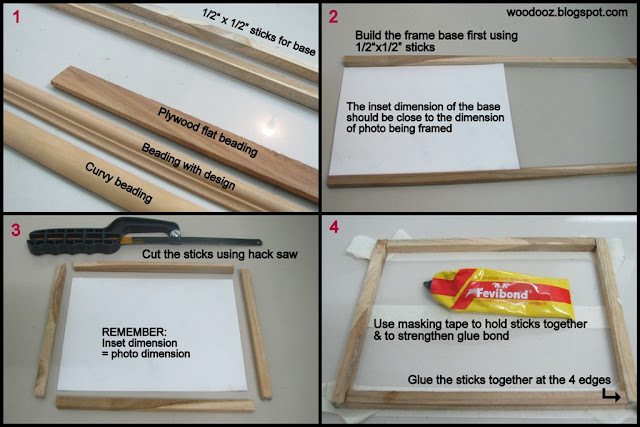When I started indulging in woodworking DIYs, I wanted a platform to showcase all that I did. Besides being a showcase, I also wanted to use the platform to reach out to other woodworking hobbyists. Most (in fact all) of what I do is learnt from the plethora of information that is available on the net. However, nothing comes anywhere close to garnering inputs from someone directly.
When local carpenters were not too keen on revealing their trade secrets, I started seriously looking for fellow hobbyists. DIY woodworking not being a popular hobby in India , there were not many blogs that I came across in this niche (in India that is). There were two though that I was happy to discover and wanted to present them here.
Indian DIY and Woodworker
This blog run by Indranil Banerjie is all about hardcore woodworking. Here he talks about his home work shop, use of various power tools, and other woodworking tips. In his own words, “ I will offer my advice and relate my experience with DIY and woodworking issues in this blog and hopefully this might motivate you to join the movement”.
House on the Rock
Vinay Oommen, who is a doctor by profession, runs the House on the Rock. Vinay shares his woodworking projects like the simple bookshelf, key chain holder, kid’s table and more that he made for his home. He is pretty new to blogging and has a keen sense of humor which is evident from this post of his. In his own words, “This website aims to provide those interested with tips and pointers on starting woodworking from scratch”.
In the coming weeks, we also want to list our favorite arts, crafts and home decor blogs that we ardently follow every day. Meanwhile, do visit these woodworking blogs and let these gentlemen know what you think of their work. I would love to add more such Indian Woodworking blogs onto this list and so, if you know a certain blog , do leave a comment. Even otherwise, leave a comment :)
If you like Woodworking, you will certainly like these other posts too
- Somu







